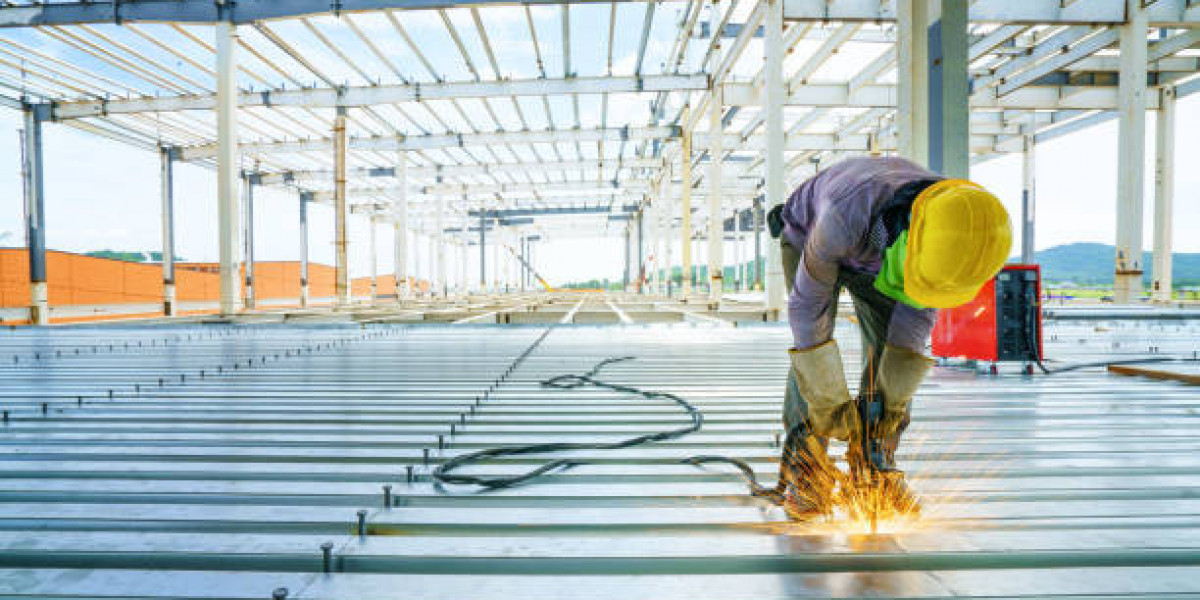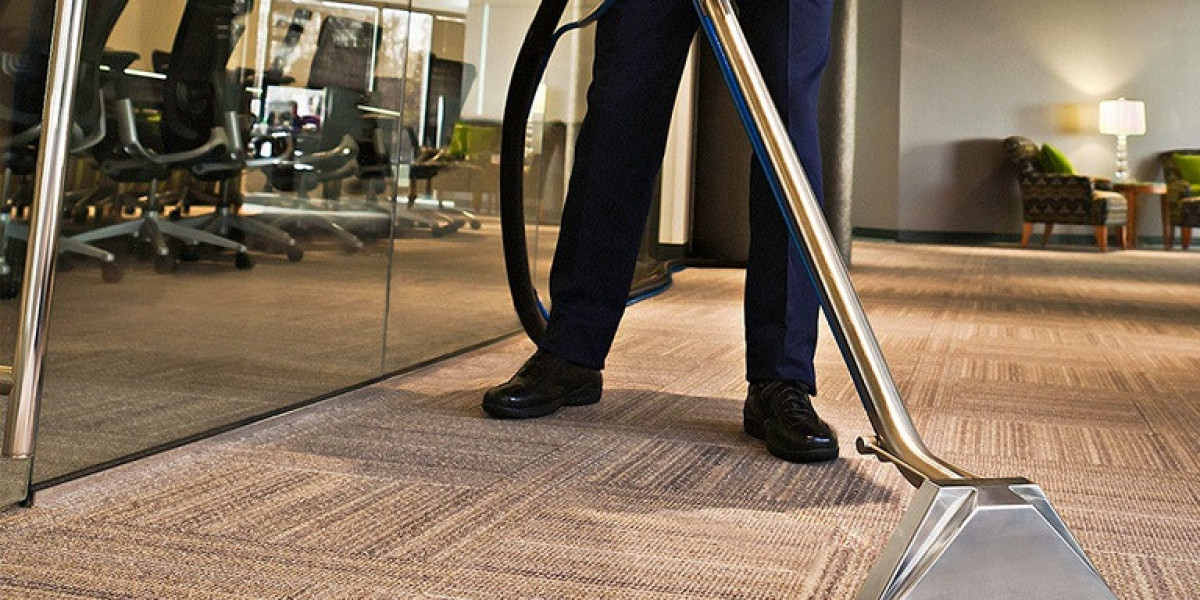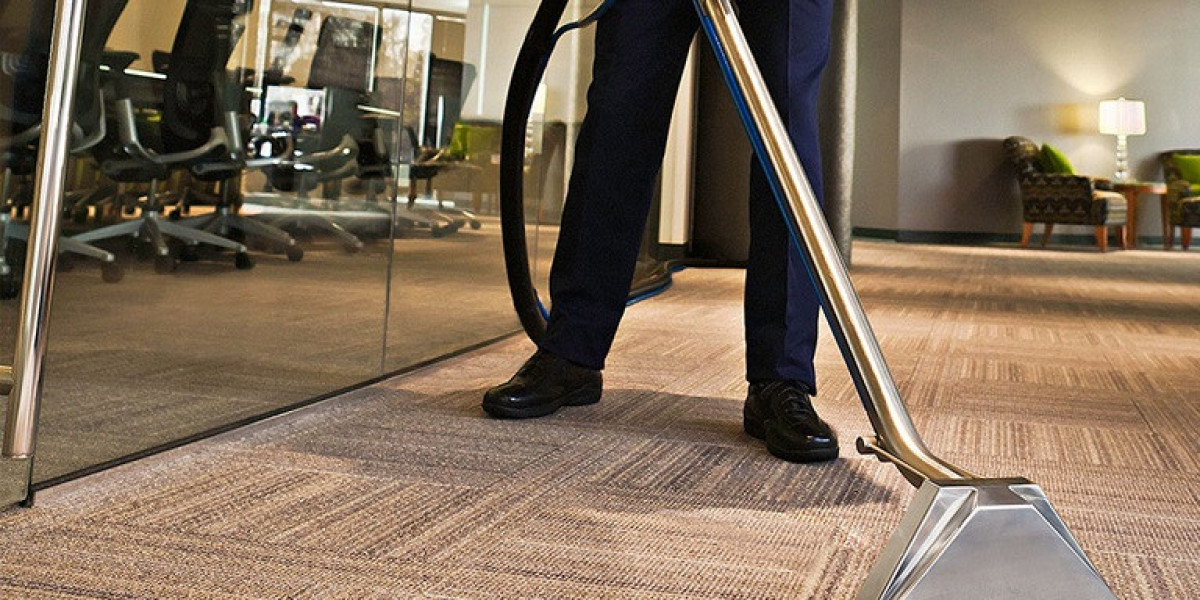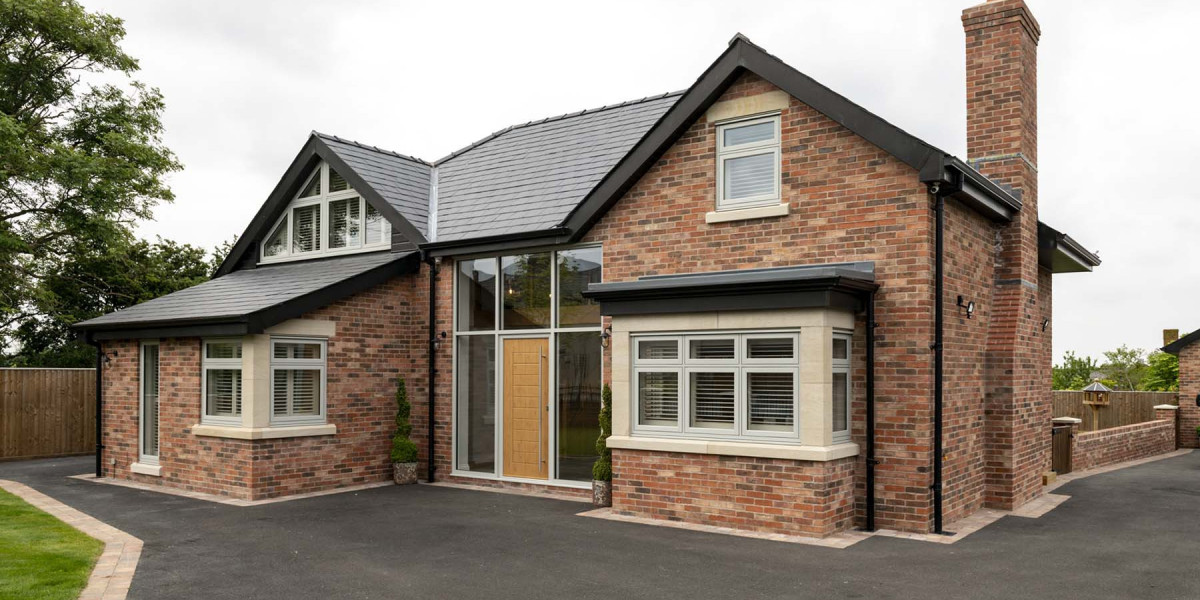Steel construction plays a key role in shaping Dubai's skyline. As the city continues to grow, more developers are turning to steel for its durability, speed, and efficiency. From high-rise buildings to industrial warehouses, steel structures support a wide range of projects across Dubai. This guide explores the essentials of steel construction in Dubai, including how it's done, why it’s used, and what trends are influencing its future.
Advantages of Steel Construction in Dubai
Steel is a preferred material in Dubai’s fast-paced construction industry. Its unique properties make it ideal for the city’s climate and ambitious infrastructure projects.
Durability and Weather Resistance
Steel structures hold up well against Dubai's extreme heat and occasional sandstorms. Unlike wood, steel does not warp or crack. It also resists corrosion when properly treated, extending the lifespan of buildings.
Speed of Construction
Prefabricated steel components are manufactured off-site and assembled quickly on-site. This reduces overall project timelines, which is vital in Dubai where development moves at a rapid pace.
Cost-Effectiveness Over Time
While steel may have a higher initial cost than concrete, the long-term savings are significant. Minimal maintenance, shorter construction periods, and lower labor costs make steel a smart investment.
Common Types of Steel Structures in Dubai
Steel is used in a wide range of construction applications throughout Dubai. Different building types require different steel design approaches.
High-Rise Buildings and Skyscrapers
Dubai’s skyline is filled with tall structures, many of which rely on steel frames. Steel provides strength without excessive weight, making it suitable for multi-story towers.
Industrial and Commercial Buildings
Warehouses, factories, and shopping malls benefit from steel’s flexibility. These spaces often require large, open interiors without many support columns. Steel allows for wide spans and customizable layouts.
Bridges and Infrastructure
Steel is widely used in the construction of pedestrian walkways, bridges, and metro systems. Its strength-to-weight ratio and ability to withstand heavy loads make it ideal for infrastructure development.
Steel Construction Process in Dubai
Steel construction follows a detailed process, often involving collaboration between architects, engineers, and fabricators.
Design and Planning
Architects work closely with structural engineers to plan the steel framework. Computer-aided design (CAD) software helps create precise models before construction begins.
Fabrication and Assembly
Steel components are manufactured in factories based on the approved designs. They are then transported to the site for assembly, which usually requires cranes and specialized labor.
Quality Control and Safety
Strict regulations govern the construction process in Dubai. Every steel piece must meet the Dubai Municipality’s building code requirements. Inspections are performed at various stages to ensure compliance and safety.
Regulatory Standards and Sustainability
Steel construction in Dubai must adhere to international and local standards. Sustainability is also becoming a top priority in modern developments.
Compliance with Local Codes
Dubai has a well-defined set of building regulations. These codes ensure that steel structures meet safety, fire resistance, and environmental requirements.
Focus on Green Building
Many new projects aim to meet LEED or Estidama standards. Steel is recyclable, making it a sustainable option for environmentally conscious builders. Some projects even use recycled steel to minimize their environmental footprint.
Trends Shaping the Future of Steel Construction in Dubai
Steel construction is evolving, thanks to innovation and new demands in the construction sector. These trends are changing how steel is used in modern projects.
Modular Construction
Modular building methods use preassembled steel components. These can be combined on-site like building blocks. This technique reduces waste and speeds up the building process, a perfect fit for Dubai’s development needs.
Smart Technology Integration
Buildings are now being designed with smart systems in mind. Steel structures support advanced HVAC systems, lighting automation, and IoT devices. The strength of steel allows for flexible layout changes as technology evolves.
Mixed-Use Developments
Many new projects combine residential, commercial, and public spaces in one. Steel construction allows developers to build versatile, multi-functional buildings that serve different purposes efficiently.
Challenges in Steel Construction Projects
Despite its many advantages, steel construction also presents challenges in Dubai’s unique environment.
Heat Expansion Issues
Steel can expand in high temperatures, which are common in Dubai. Engineers must account for this during the design phase to prevent structural issues.
Skilled Labor Requirement
Not all laborers are trained to work with steel components. Skilled workers and specialized equipment are required to ensure quality and safety.
Transportation and Logistics
Moving large steel pieces across the city can be difficult, especially in crowded urban areas. Projects must plan for road access and lifting equipment to avoid delays.
Final Thoughts
Steel construction in Dubai continues to grow in popularity due to its strength, efficiency, and adaptability. From skyscrapers to industrial warehouses, steel plays a central role in shaping the city’s urban landscape. As technology advances and sustainability becomes more important, steel will remain a cornerstone of Dubai’s architectural evolution.
Whether you're involved in real estate development, engineering, or urban planning, understanding how steel fits into Dubai's construction ecosystem is essential. The future of building in Dubai is undoubtedly tied to the continued innovation and use of steel structures.














